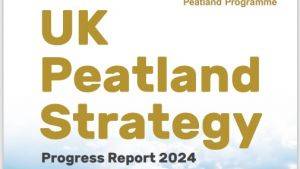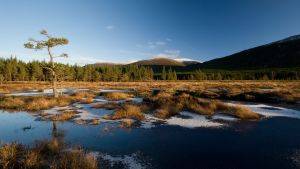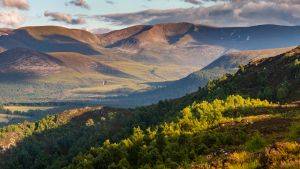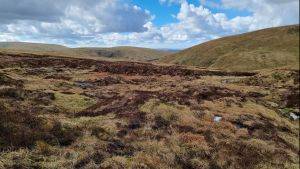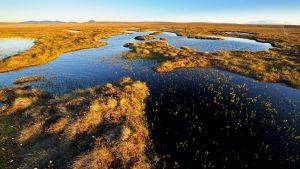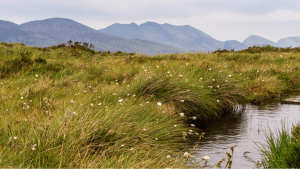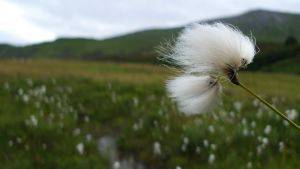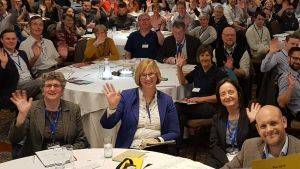Lancashire Mosslands
Introduction
The Lancashire Mosslands Project was set up to address concerns about the fate of lowland raised bog habitat in North West England. Led by Lancashire Wildlife Trust, the aim of the project is to restore and reconnect these sites, helping to reconnect people with their peatland heritage.
Description
Lowland raised bog habitat in the North West once shaped the region’s culture, language and development. However, with only 3% of the original habitat area now remaining, the pressure to develop and exploit these sites has grown and the local population has become increasingly detached from this valuable landscape.
Whilst raised bogs have always been islands within the mosaic of lowland habitats, they are now becoming too isolated for ecosystem services to function. Urban sprawl, peat extraction and agricultural intensification are all contributing to the ever increasing number of activities that threaten these bog habitats and the key species that depend on them, including large heath butterfly, nightjar, bog bush cricket and sundew.
Originally covering 28,000 ha, the 7,600 ha of remaining Lancashire Mosslands are spread across the entire 335,000 ha of lowland Lancashire, Greater Manchester and North Merseyside. To help rescue and restore such a highly fragmented habitat, the Mosslands project has put together a toolkit of methods. These include purchasing and leasing relevant areas of land, putting management agreements in place, providing expert advice and campaigning, and providing the right information to encourage the uptake of agri-environment schemes. Sensitive to the impact of surrounding land uses and drainage, the Lancashire Mosslands require a well-thought out and effective restoration programme. Re-levelling, peat bunding, plastic piling, plygene sheeting, peat plugs, large tree pulling, scrub removal, ditch re-profiling and scrapes are all being used as and when appropriate. In such a heavily populated urban area, public engagement is an everyday part of the Mosslands Project.
Within just over two years, the Project engaged with 4,288 people, enabled 6,770 hours of volunteering, trained 196 individuals, and linked with 63 organisations, from residents associations and schools to Councils, conservation groups, and shooting syndicates.
Restoration Delivered
Habitat Target: 27 sites (762 ha + 1146 ha lag fen habitat) Habitat Achieved: 11 sites (334 ha + 21 ha lag fen habitat) Volunteer involvement and the belief that any site can be restored, however degraded, continues to drive this project forward and prove that restoration of functioning lowland raised bog is possible, even in a highly fragmented landscape.
Site Activity
Ten miles from Manchester city centre, Chat Moss was once England’s fifth largest raised bog. Only 4% (1.4 km2) of this area now remains. Once used as a dump for Manchester’s night waste, industrial peat extraction continues to this day. To tackle the area’s problems, a partnership drew up an integrated vision incorporating biodiversity, hydrological management, agriculture, and public enjoyment. Lancashire Wildlife Trust lead the delivery of this vision with a £1.9M Heritage Lottery Fund programme, incorporating a multi-pronged approach of site purchase, campaigning, capital works on the ground, volunteer programmes, providing advice to land managers, and family events.
Project Name: Lancashire Mosslands
Organisation / Lead partner: Lancashire Wildlife Trust
Location: Lancashire
Approximate area covered: 28000 ha
Predominately: Lowland
Peat Habitats: Lowland raised bog
Project Type: Restoration, Management, Citizen science/ community engagement.


